How to Add Nitrogen to Garden Soil: Beginners Guide
- February 27, 2024
- 0 comment
If you’re into gardening, you know that ensuring your plants get the right nutrients is like solving a piece of a bigger puzzle. Nitrogen, a vital player in this puzzle, is essential for plant growth, contributing to lush, green foliage and robust growth. But what do you do when your garden soil is lacking in this crucial element?
Essential Benefits of Nitrogen for Plants
Boosting Chlorophyll Production: Nitrogen is vital for chlorophyll formation, the pigment that gives plants their vibrant green hue and plays a pivotal role in photosynthesis, the process by which plants convert light into energy.
Facilitating Protein Synthesis: Nitrogen’s role as a fundamental component of amino acids makes it indispensable for protein production in plants, ensuring proper cell structure and functionality.
Enhancing Growth and Vitality: Plants thrive with sufficient nitrogen, exhibiting robust growth and producing large, healthy foliage. This is especially beneficial for leafy vegetables and grass, contributing to their lush appearance.
Supporting Genetic Integrity: As an integral part of nucleic acids, including DNA, nitrogen is essential for maintaining the genetic blueprint of plants, guiding their growth, development, and reproduction.
Recognizing Nitrogen Deficiency in Plants
- Reduced growth and stunted development
- Leaf yellowing, beginning with the older, lower leaves (a condition known as chlorosis)
- Compromised fruit and vegetable quality and yield
- Fragile, slender stems
Nitrogen Sources for Optimal Plant Health
Organic Nitrogen Sources: Options like compost, manure, green manures (cover crops), and plant-derived fertilizers (e.g., soybean meal, cottonseed meal) offer a slow-release nitrogen form, enhancing soil structure and promoting beneficial microbial activity.
Inorganic Nitrogen Sources: Synthetic fertilizers provide an immediate nitrogen boost but require careful handling to prevent potential soil acidification and environmental pollution.
Effective Nitrogen Management Strategies
- Soil Assessment: Conducting a soil test is a critical first step to gauge existing nitrogen levels, helping avoid the pitfalls of over-fertilization.
- Balanced Fertilization Practices: Tailoring fertilization to the specific needs of plants and paying attention to the N-P-K (Nitrogen-Phosphorus-Potassium) ratio of fertilizers ensures holistic plant nutrition.
- Strategic Timing: Administering nitrogen during periods of active plant growth, typically at the start of the growing season, maximizes its benefits.
- Diverse Application Methods: Techniques range from spreading granular fertilizers across the soil to foliar feeding with liquid fertilizers or enriching the soil with organic matter.
Natural Methods to Increase Nitrogen
Planting Nitrogen-Fixing Plants

One effective method to naturally increase soil nitrogen is by planting nitrogen-fixing plants, such as legumes (peas, beans, clover, alfalfa). These plants form a symbiotic relationship with Rhizobia bacteria in their root nodules, converting atmospheric nitrogen into a form usable by plants. After these plants have completed their growth cycle, they can be tilled back into the soil. As they decompose, they release nitrogen, enriching the soil and making it more fertile for future planting.
Adding Organic Matter
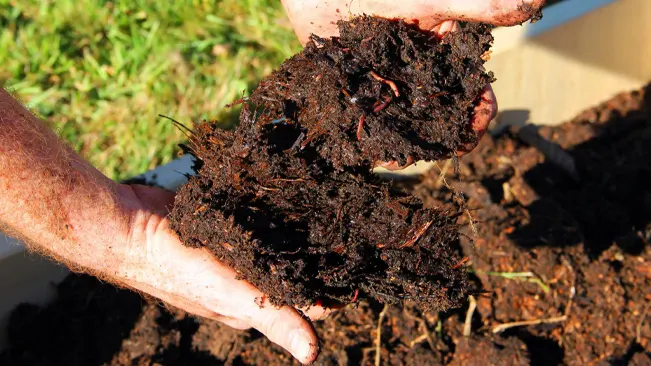
Incorporating organic matter into the soil is another key strategy. Adding compost, which is rich in organic material, not only introduces a modest amount of nitrogen but also significantly improves soil structure. This improvement enhances the soil’s capacity to retain nutrients and water. Well-rotted animal manure from cows, chickens, or horses is also a valuable nitrogen source, along with other nutrients. It’s important to ensure that the manure is fully composted to reduce the risk of plant burn and minimize the presence of pathogens.
Using Green Manures
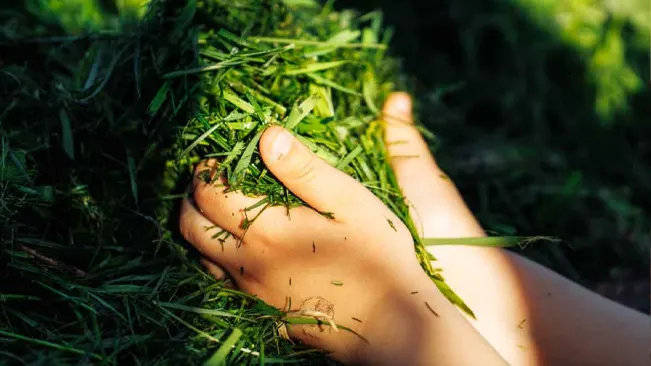
The use of green manures, such as cover crops (e.g., mustard, clover, vetch), is a beneficial practice. These crops are grown during the off-seasons and later turned into the soil, where they decompose and significantly enhance the soil’s nitrogen content and overall health.
Mulching with Organic Materials
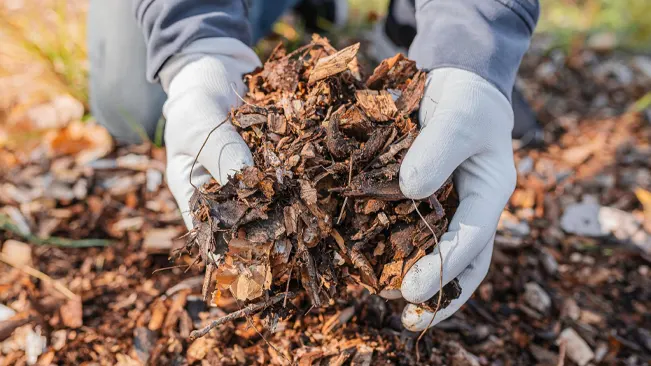
Mulching with organic materials like grass clippings and leaves can also increase soil nitrogen. These materials act as a slow-release nitrogen source as they decompose. It’s essential to ensure that any grass clippings used are free from pesticides to avoid contaminating the soil.
Incorporating Nitrogen-Rich Organic Amendments
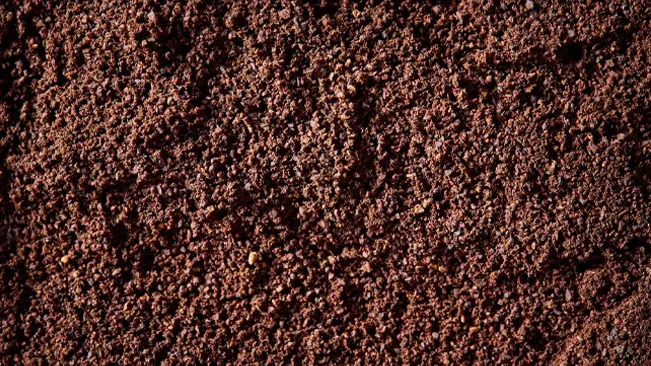
Utilizing nitrogen-rich organic amendments can provide a more immediate nitrogen boost. Blood meal, a high-nitrogen powder made from dried animal blood, is effective but should be used cautiously to prevent plant burn. Feather meal, derived from poultry feathers, offers a slower nitrogen release, contributing to long-term soil health. Fish emulsion, made from processed fish, is another option for a quick nitrogen boost, along with providing trace nutrients.
Encouraging a Healthy Soil Ecosystem

A healthy soil ecosystem is vital for natural nitrogen fixation. Earthworms, beneficial microbes, and fungi are instrumental in breaking down organic matter and making nitrogen available to plants. Practices such as regular soil aeration and minimizing foot traffic in garden beds help maintain a porous soil structure, conducive to a thriving soil ecosystem.
Collecting Rainwater

Using collected rainwater for irrigation can provide a small, additional nitrogen source. Rainwater naturally contains dissolved nitrogen, which can slightly boost soil nitrogen levels compared to using tap water.
Organic Nitrogen Sources
Compost
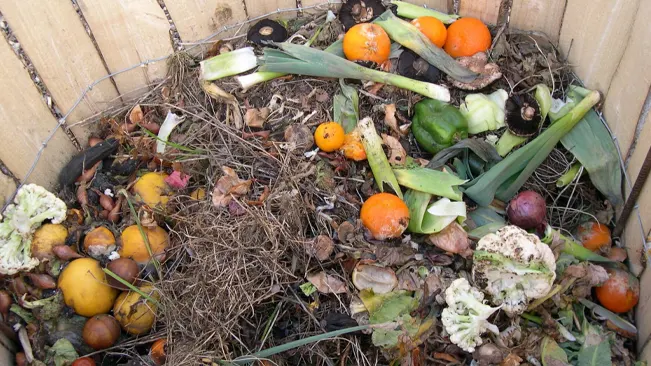
Compost is a cornerstone of organic gardening, created from the decomposition of organic matter like kitchen scraps, yard waste, and manure. As a mild source of nitrogen, it plays a crucial role in enhancing soil fertility by improving its structure, increasing water retention, and fostering beneficial microbial activity. These improvements make essential nutrients more readily available to plants, promoting healthier growth and development. Beyond its nutritional benefits, compost contributes to the sustainability of gardening practices by recycling organic waste and reducing the need for chemical fertilizers.
Animal Manures
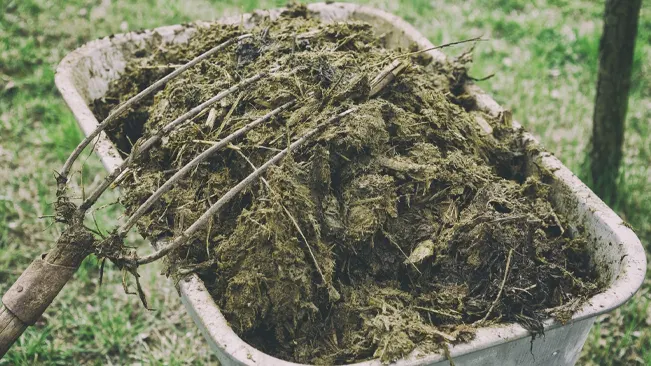
Animal manures from cows, chickens, and horses are valued in organic gardening for their rich nitrogen content and other essential nutrients. To harness their benefits without harm, it’s important to use well-composted manure, which has been properly aged or treated to reduce the high ammonia content found in fresh manure that can burn plants. Composted manure also poses a lower risk of transmitting pathogens to plants and humans, making it a safe and effective way to enrich soil fertility and support robust plant growth.
Blood Meal
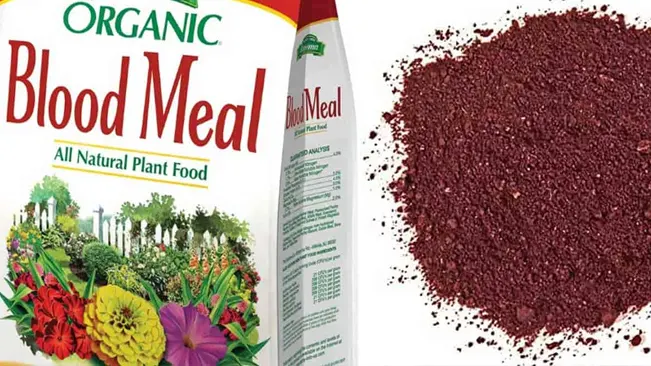
Blood meal, a byproduct of the meatpacking industry, is a potent organic nitrogen source. Its high nitrogen content makes it particularly effective for promoting rapid, leafy growth in plants. However, due to its fast-acting nature, it should be applied cautiously to prevent nitrogen burn, which can damage plant tissues. Blood meal is an excellent choice for gardeners looking to quickly green up their plants, but its use should be balanced with other organic matter to ensure a slow and steady nutrient release.
Feather Meal

Feather meal, produced from ground-up poultry feathers, is another byproduct of the animal processing industry repurposed as a slow-release organic nitrogen source. Its gradual nutrient release pattern makes it ideal for building long-term soil fertility, supporting sustained plant growth over the growing season. Feather meal’s slow decomposition rate helps maintain stable nitrogen levels in the soil, reducing the risk of leaching and environmental runoff.
Fish Emulsion and Fish Meal
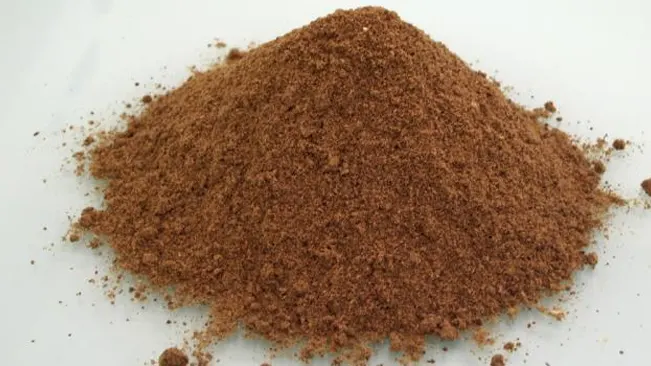
Fish emulsion and fish meal are derived from the remnants of the fish processing industry, offering gardeners a rich source of nitrogen and other essential nutrients. Fish emulsion, a liquid fertilizer, is particularly valued for its rapid nutrient delivery, making it an excellent choice for giving plants a quick boost. In contrast, fish meal provides a slower, more sustained release of nutrients, supporting longer-term plant health and growth. Both products exemplify the recycling of waste materials into valuable resources for organic gardening.
Soybean Meal and Cottonseed Meal
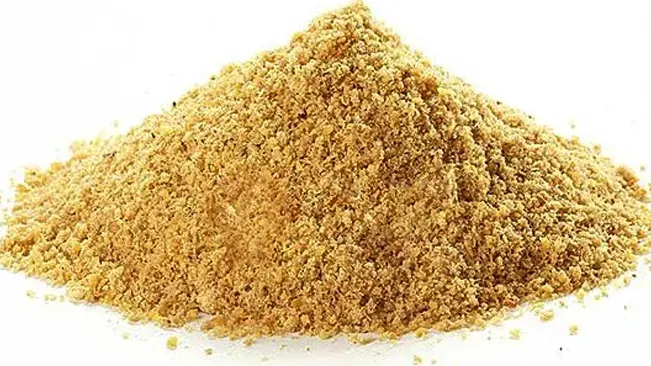
Soybean meal and cottonseed meal are plant-based byproducts of the soybean oil and cotton industries, respectively. Rich in nitrogen, they are particularly appealing for vegan organic gardening practices. These meals release nutrients at a moderate rate, offering a balanced supply that supports steady plant growth without the rapid surges associated with synthetic fertilizers. Their use in organic gardening contributes to a more sustainable and environmentally friendly approach to nutrient management.
Worm Castings
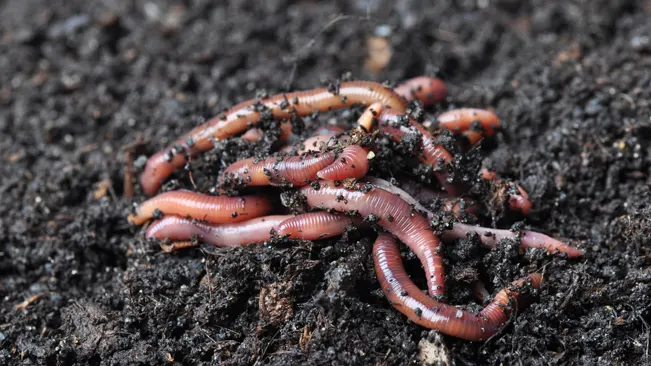
Worm castings, the nutrient-rich end product of the earthworm’s digestion process, are a treasure in organic gardening. Although they contain a relatively low level of nitrogen, their value lies in the high concentration of beneficial microbes they introduce to the soil. These microbes play a critical role in making soil nutrients more accessible to plants and improving soil structure, leading to healthier plant growth and increased resilience against pests and diseases.
Seaweed and Kelp Products
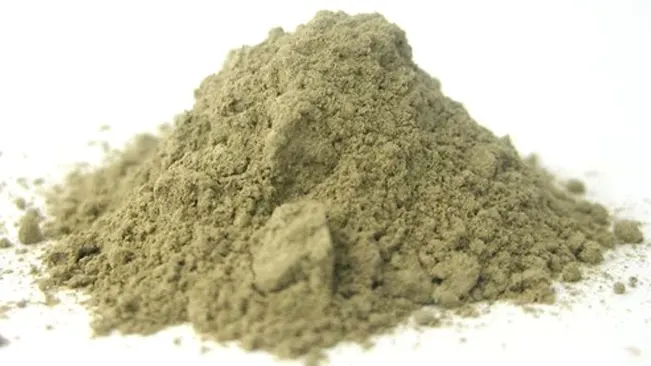
Seaweed and kelp are marine plants that, when used as fertilizer in fresh, dried, or liquid extract forms, provide not only nitrogen but also a broad spectrum of trace elements and natural growth hormones. These nutrients and bioactive compounds can stimulate plant growth, enhance stress resistance, and improve overall plant health. The use of seaweed and kelp products exemplifies the innovative use of natural resources in organic gardening, contributing to the diversity of organic amendments available to gardeners.
Monitoring and Maintaining Soil Health
Monitoring soil health is critical for the sustainability of agriculture, requiring diligent assessment and management strategies. Key practices include regular soil testing to understand nutrient levels and pH, and observing soil structure to ensure it is conducive to healthy root growth and water management. The presence of a diverse soil ecosystem, indicated by earthworms, microbes, and other organisms, also signals good soil health. Moreover, the condition of the plants themselves can highlight underlying soil health issues, guiding further intervention.
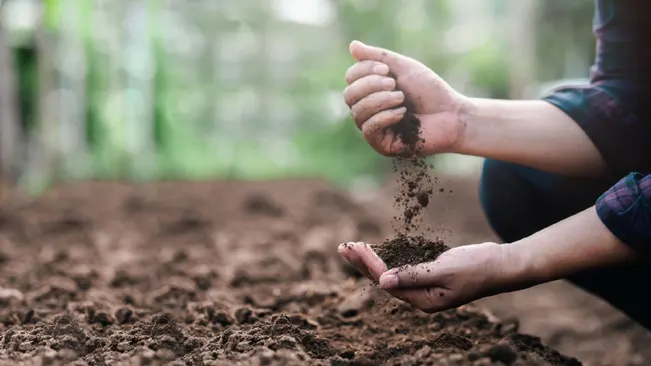
To maintain soil health, it’s essential to adopt a series of proactive measures. Adding organic matter regularly, practicing crop rotation, and utilizing cover crops can significantly improve soil fertility and structure. Minimizing soil disturbance through reduced tillage, managing water efficiently, and implementing integrated pest management can further protect and enhance soil health. Embracing biodiversity by planting a variety of species strengthens the soil ecosystem, ensuring long-term agricultural productivity and preserving the soil for future generations.
Conclusion
In conclusion, the health of soil is a cornerstone of sustainable agriculture and environmental stewardship. By implementing practices such as regular soil testing, observing soil structure and life, and monitoring plant health, we can gain valuable insights into the condition of our soil and take informed steps to maintain and improve its quality. The adoption of sustainable practices, including the addition of organic matter, crop rotation, the use of cover crops, reduced tillage, wise water management, integrated pest management, and encouraging biodiversity, not only enhances soil health but also contributes to the overall resilience and productivity of agricultural ecosystems. These practices work in harmony to create a sustainable loop of growth, harvest, and renewal, ensuring that the soil remains a viable, life-supporting resource for future generations. By prioritizing soil health, we safeguard our environment, ensure food security, and uphold the balance of natural ecosystems.
FAQs
- How often should I add nitrogen to my garden soil?
The frequency depends on your soil’s current nitrogen levels and your plants’ growth stages. Regular soil testing can guide your nitrogen application schedule. - Can too much nitrogen harm my plants?
Absolutely. Excess nitrogen can lead to lush foliage at the expense of flowers and fruit, and in severe cases, it can “burn” your plants, causing damage or even death. - Are there any signs of too much nitrogen in the soil?
Overly vigorous leaf growth with poor flowering or fruiting and yellowing or burning of leaf edges can indicate nitrogen excess. - Can I use nitrogen fertilizers on all types of plants?
Most plants benefit from nitrogen, but the amount and type of fertilizer can vary. Sensitive plants and young seedlings might require a gentler approach. - How do nitrogen-fixing plants work?
These plants form symbiotic relationships with nitrogen-fixing bacteria in their root nodules. These bacteria convert atmospheric nitrogen into a form the plant (and surrounding soil) can use.

Joel Cunningham
Forestry AuthorI'm Joel Cunningham, an expert in pruning and weed management with over a decade of experience. My skills are rooted in formal training and extensive practice, focusing on advanced pruning techniques and efficient weed control. I'm known for my quality work, precision, and deep understanding of plant health and soil dynamics. My contributions extend to educational initiatives where I share sustainable practices and advice, establishing myself as a reliable and authoritative figure in the gardening community.





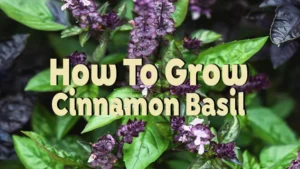


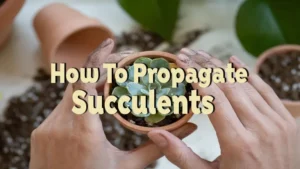
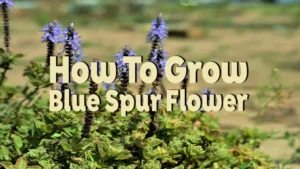



Leave your comment